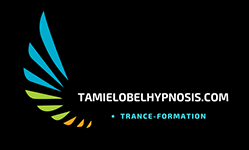
A search for the right psychotherapist can leave you awash in a world of mysterious acronyms. Whether it’s CBT, DBT, IFS, NLP, EMDR, AEDP, easy-to-understand explanations of their similarities and differences can be hard to find. So if you’ve tried psychotherapy to no avail, I would strongly suggest that you educate yourself about the wide array of available treatments out there. If one isn’t comfortable for you, perhaps you’ll resonate with a different approach. Definitely give other treatment modalities a chance before writing off psychotherapy for good. I’ll attempt to explain them briefly in this and other upcoming blogs. Let’s begin with CBT.
Cognitive Behavioral Therapy, more commonly known as CBT. According to CBT most of the issues that bring people to therapy are based on limited and repetitive thinking patterns and invalid beliefs about themselves and the world around them. CBT uses a variety of exercises and logs kept by the client between sessions which are designed to uncover whatever cycle of dysfunctional thoughts, emotional responses and behaviors that keep them from greater fulfillment in life. CBT is a time-limited therapy with a strong focus on the collaborative nature of the client/therapist relationship in CBT. As a client you can anticipate various homework assignments, and lots of weekly logging your thoughts, feelings and behaviors. Also be prepared to move out of your comfort zone. Once your unhealthy thinking patterns are uncovered behavioral experiments designed to test and practice new behaviors out in the world assigned. It’s important to know that therapists of different schools of thought also incorporate CBT techniques in their practice and do not identify as CBT therapists.
